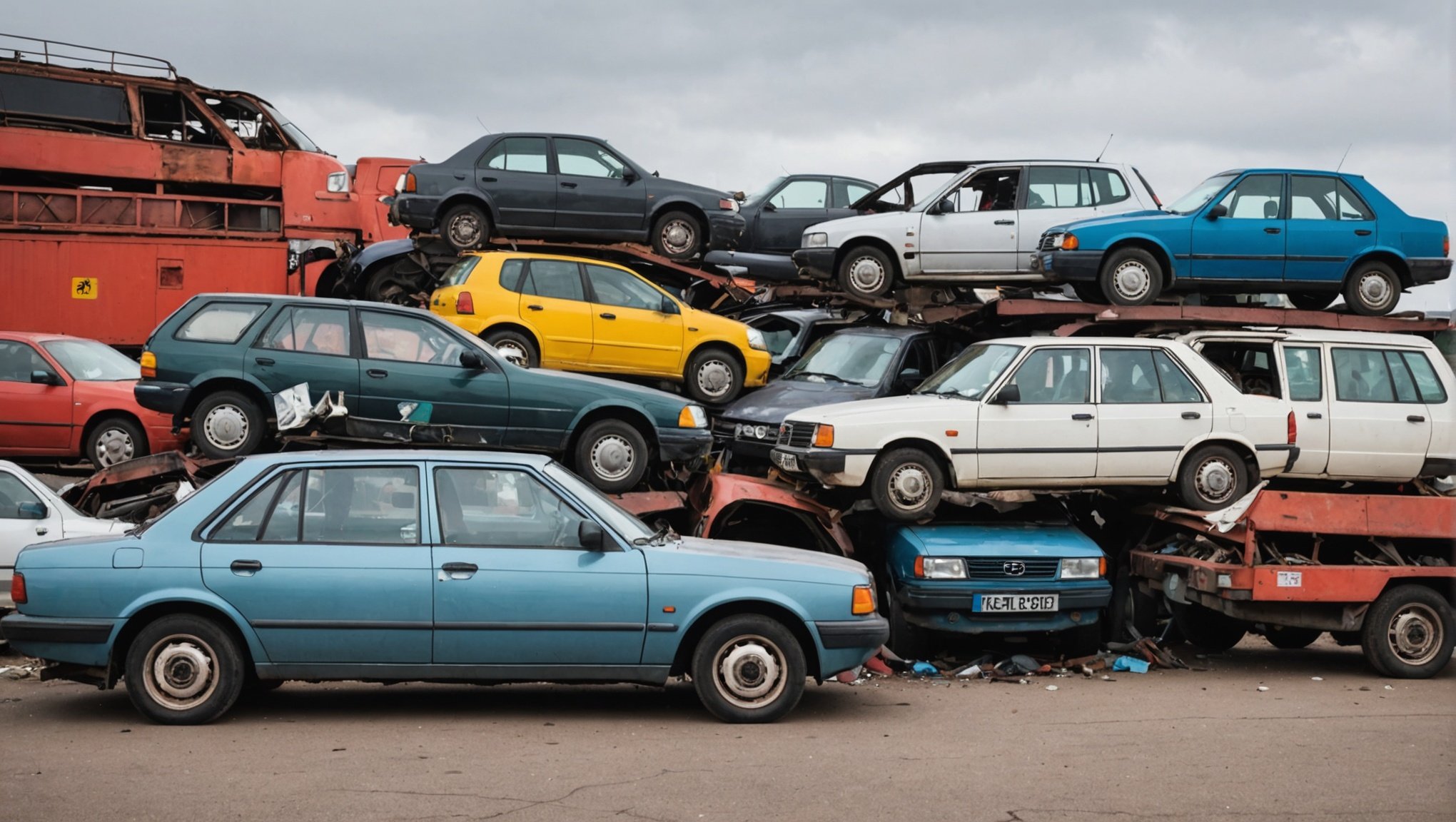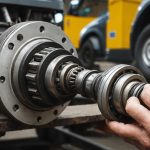Understanding the Scrappage Scheme
In an effort to reduce pollution and make our cities cleaner and healthier, the UK government has introduced a vehicle scrappage scheme. This initiative aims to remove the most polluting vehicles, including old diesel cars, from our roads. The scheme is specifically geared towards vehicles that do not meet the Euro 6 emissions standards.
The scrappage scheme encourages vehicle owners to scrap their old, polluting cars in exchange for monetary incentives. These incentives can be used towards the purchase of a new, more environmentally friendly vehicle or towards other forms of transport such as an electric bike or public transport card.
Also to discover : What are the legal requirements for operating a car rental business in the UK?
The scrappage scheme was introduced in London in 2019 and has since been extended to other parts of the UK. However, it’s not always easy to understand how to take advantage of this scheme, navigate its complexities and understand how it could benefit you.
Let’s delve into the specifics of the scheme, how to determine your eligibility, and the process of scrapping your old diesel car.
Also read : How can UK drivers reduce their vehicle’s carbon footprint?
Are You Eligible for the Scrappage Scheme?
Before you can benefit from the scrappage scheme, you need to determine whether you and your vehicle are eligible. The scheme primarily targets owners of diesel vehicles that are more than 10 years old and do not meet the Euro 6 emissions standards.
Are you a resident of London? The Ultra Low Emission Zone (ULEZ) Scrappage Scheme might be exactly what you need. The London ULEZ scheme offers grants to scrap vehicles that do not meet the ULEZ standards.
The standard eligibility criteria include proof of ownership for at least 12 months, proof of insurance and your vehicle must be registered with the Driver and Vehicle Licensing Agency (DVLA). However, it’s important to note that eligibility criteria may vary depending on your local authority. Always check the specific rules in your area before making any decisions.
How to Apply for the Scrappage Scheme?
Once you have determined your eligibility, the next step is to apply for the scheme. The application process can be completed online through the government’s website.
You will need to provide personal details, details about your vehicle, and proof of ownership and insurance. This might include a V5C vehicle registration certificate, an insurance document, and proof of address.
The application process may vary slightly between different local authorities, so it’s crucial to check the specific instructions on your local authority’s website. However, the general process will remain the same – enter your details, upload the required documents, and submit your application.
Scrapping Your Vehicle
After your application is approved, the next step is to scrap your vehicle. You will need to take your car to a government-approved Authorised Treatment Facility (ATF).
Most ATFs will issue a Certificate of Destruction (CoD) immediately after scrapping your vehicle. This certificate is crucial as it releases you from any responsibility for the vehicle.
It’s worth noting that if your car is still drivable, you might be able to get a better price by selling it privately. However, it’s important to remember that the scrappage scheme’s primary purpose is to remove polluting vehicles from the road, not to provide the highest financial return.
Utilising the Grant
Once your vehicle is successfully scrapped and you have your Certificate of Destruction, you will receive the grant from the scrappage scheme. The grant value will vary depending on your local authority and the type of vehicle you are scrapping, but generally, it ranges from £1,000 for a car to £3,500 for a van.
The grant can be used for several purposes. You can use it towards the purchase of a new low-emission vehicle, alternatively, you can use it to fund other modes of transport, such as an electric bike or a public transport card.
Remember, the grant will not be paid to you in cash, but will be provided in the form of vouchers or discounts.
In conclusion, navigating the UK’s vehicle scrappage scheme may seem complex at first, but with careful understanding and consideration, it can be a straightforward process. It not only helps to reduce harmful air pollution but can also provide a financial boost towards a more sustainable mode of transport.
Maximising the Benefits of the Scrappage Scheme
Taking advantage of the vehicle scrappage scheme involves understanding how to maximise the benefits it offers. It does not only reward you financially but also offers the satisfaction of contributing positively towards a cleaner, healthier environment.
When you apply for this scheme, it’s not just about getting rid of your old car; it’s also about making a better choice on what to do next. The monetary incentives you receive can be directed towards acquiring a vehicle that falls under the low-emission category. This can be a new car or a motorcycle that complies with Euro 6 or better emission standards.
Alternatively, the grant payment can be used for public transport. A great option is an annual bus pass, which not only helps reduce your carbon footprint but also saves you from dealing with traffic and looking for parking. Another option you may consider is purchasing an electric bike, which gives the advantage of skipping traffic, getting some exercise, and reducing pollution.
Some local authorities even provide an added advantage for those who need wheelchair accessible vehicles. They understand the necessity and extra cost associated with these types of vehicles and offer higher incentives.
Before making a decision, take time to evaluate your commuting needs. Calculate the costs and benefits of each option. Consider not just the monetary aspect but also the impact on your lifestyle, convenience, and the environment. Making a thoughtful decision can help you maximise the benefits of the scrappage scheme.
The Vehicle Scrappage Scheme launched by the UK Government is a testament to its commitment to reducing air pollution caused by old diesel cars. By offering financial incentives through the scrappage scheme, it aims to make our cities greener and cleaner.
However, the journey to cleaner air doesn’t end with scrapping your old car. The grant payment you receive should be viewed as a stepping stone towards adopting more sustainable modes of transport. Whether that involves investing in a low-emission vehicle, using public transportation like buses, or even cycling to work, every small action can contribute significantly to ensuring cleaner air for everyone.
Navigating the scrappage schemes might seem daunting initially. But by understanding the eligibility criteria, application process, vehicle scrapping procedure, and the ways to utilise the grant payment effectively, you can benefit from this initiative while contributing to a cleaner environment.
Remember, Sadiq Khan, the Mayor of London, once said, "Cleaning up our toxic air is a priority." So, let’s embrace this change and work together towards achieving cleaner air, ensuring a healthier future for all. In this journey, the vehicle scrappage scheme is not just a policy but a vehicle to transform our cities into sustainable, green zones.











